Brief • 1 min Read

Once the government provides information that the spread of the virus is flattening, the majority of vehicle owners (70%) say they will have their vehicle serviced within 3 months. About half of them say they will within the next 30 days (33%) and the other half say 2-3 months (37%).
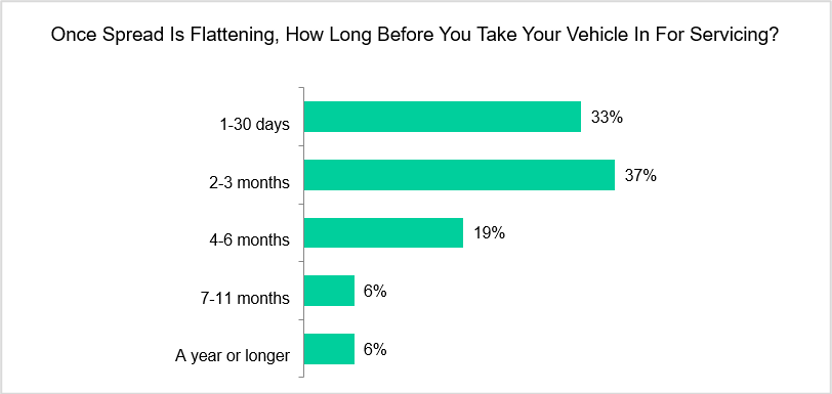
Younger vehicle owners appear to be more cautious. Nearly half (47%) of Millennials say they will wait 2-3 months (47%), compared to Baby Boomers who are more likely to wait less than 30 days (38%). Members of Gen X are split, with an approximately equal number saying 1-30 days (38%) and 2-3 months (34%).
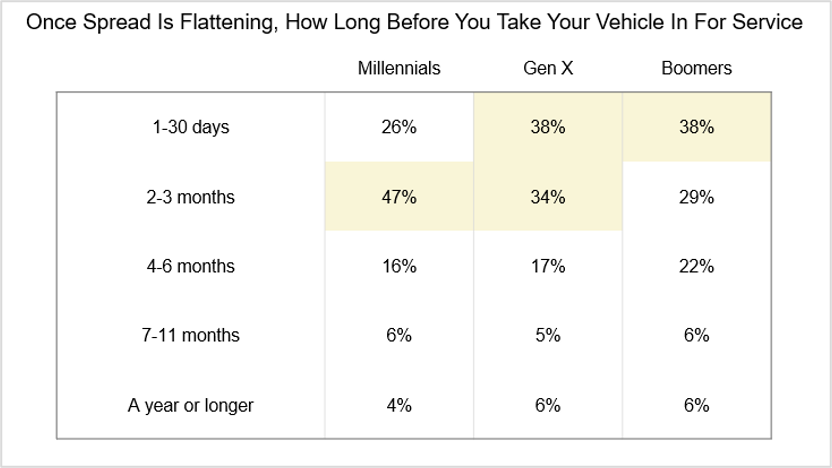
Vehicle owners appear ready to get their vehicle serviced in a similar timeframe (70% within the next 3 months) to when they will go out to dinner (64% within the next 3 months). They are more eager to get back to the office (70% within the next 3 months, but with many more saying within the next 30 days than next 2-3 months) than to take their vehicle in for service, but appear more willing to take their vehicle in for service than to go to a gym class (50% within the next 3 months).
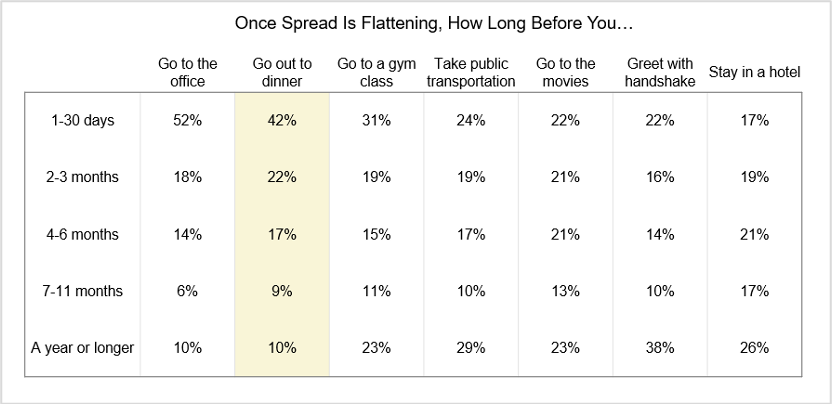
However, these vehicle owners want to see vehicle service and repair facilities take several precautions to make them feel safe. Among these are: masks for employees (57%), hand sanitizer (56%), thorough wiping down of all surfaces in the waiting area (54%), and thorough wiping down of all surfaces in the vehicle (54%). In addition, they want to see other standard social distancing measures, such as limiting the number of customers and 6-feet spacing, being taken.
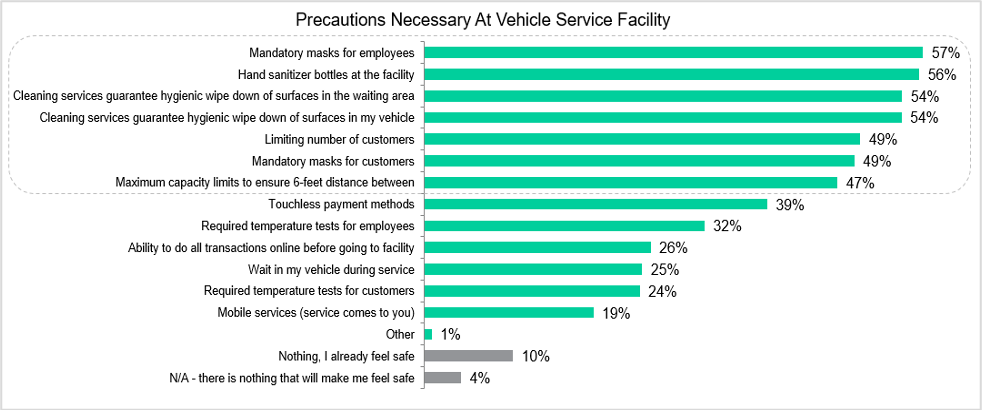
Even as they return to having their vehicle serviced, vehicle owners do anticipate longer-term impacts. As many as 40% anticipating cutting their spending through a variety of methods, and 10% are not sure yet if they will take one or more of these measures.
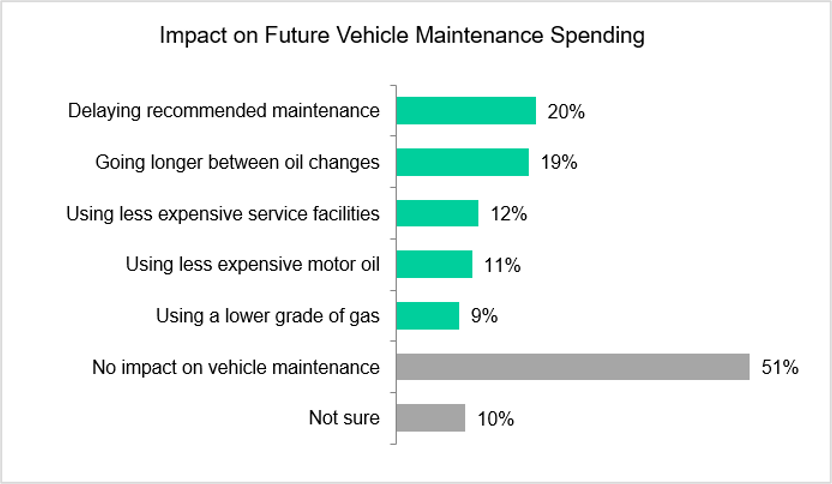
Millennials are more likely to cut back than Gen X, and Boomers are the least likely to.
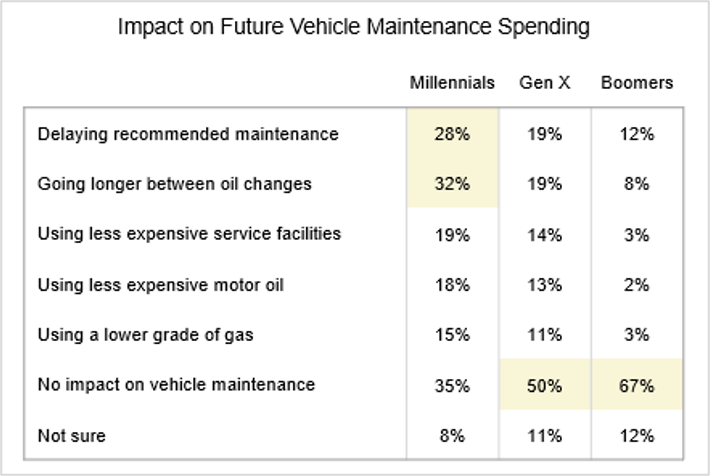
While most owners expect to have their vehicles services within three months after the pandemic starts declining, Millennials will take longer to come back and expect it to impact their future vehicle maintenance spending to a stronger degree. Service centers may need to consider promotions to pull these younger vehicle owners in sooner.
Service facilities also need to be prepared to have new standards in place to allow customers to be comfortable visiting. These include masks for workers and customers, guaranteed cleaning standards and limits on the number of customers to ensure social distancing.
Subscribe for more Insights
Subscribe to our newsletter for the latest trends in business, politics, culture, and more.
Download the Data
This vehicle servicing survey was conducted online from April 27-28 among a nationally representative sample of 1,031 U.S. adults. Other data from Wave 9 of The Harris Poll COVID-19 Tracker, conducted online on April 25-27, 2020 among a nationally representative sample of 2,050 U.S. adults.

Subscribe for more Insights
Subscribe to our newsletter for the latest trends in business, politics, culture, and more.
Download the Data
This vehicle servicing survey was conducted online from April 27-28 among a nationally representative sample of 1,031 U.S. adults. Other data from Wave 9 of The Harris Poll COVID-19 Tracker, conducted online on April 25-27, 2020 among a nationally representative sample of 2,050 U.S. adults.
Related Content








